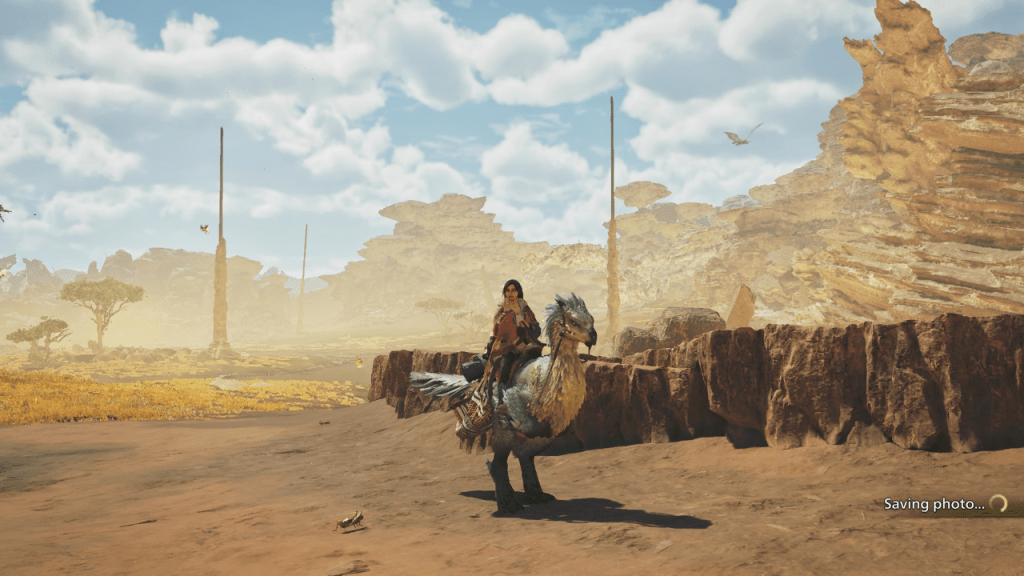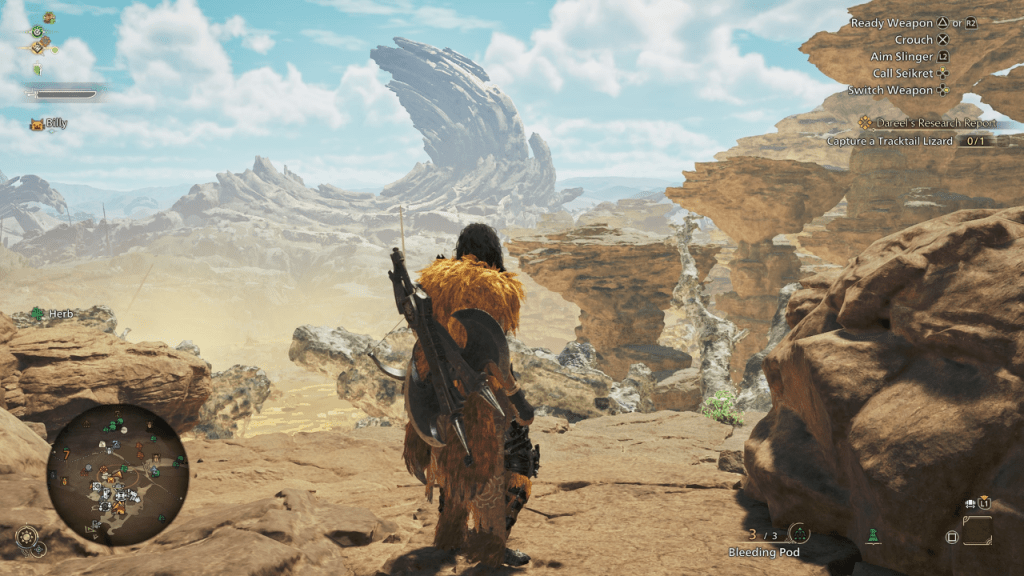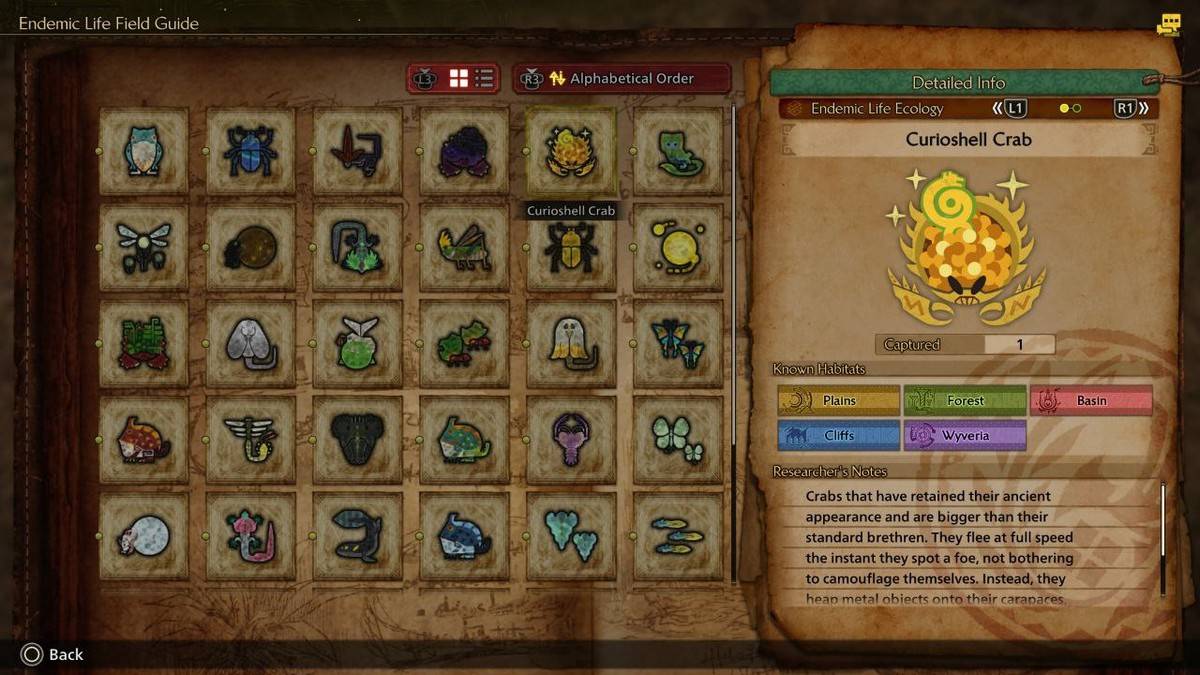"Monster Hunter Wilds: Seasons and Weather Detailed"
Seasons and weather significantly enhance the dynamic experience of *Monster Hunter Wilds* within the Forbidden Lands, impacting not just the aesthetics but also gameplay mechanics. Here's a comprehensive guide to understanding how seasons and weather function in *Monster Hunter Wilds*.
Monster Hunter Wilds Seasons, Explained

*Monster Hunter Wilds* features two distinct seasons within the Forbidden Lands: Fallow and Plenty. The game begins during the Fallow season, which is characterized by a challenging environment with severe weather and scarce resources. This scarcity drives desperation, making monsters more aggressive and increasing the frequency of inter-monster conflicts.
In contrast, the Plenty season offers a more favorable setting with a warmer climate and an abundance of flora, leading to vibrant environmental changes. During Plenty, smaller monsters exhibit less hostility and are less likely to form packs. The season lives up to its name with an increased availability of Endemic Life and various plants, which is a cause for celebration among both the in-game villagers and *Monster Hunter Wilds* players.
Between these seasons, brief but intense weather events known as Inclemency occur. These events heighten weather intensity and set the stage for dramatic encounters with Apex Predators. For instance, the Pinnacle of the Pack Assignment features a battle against the Alpha Doshaguma during the Sandtide, a spectacular lightning-infused sandstorm. Such unique weather events add to the thrill of facing Apex Predators throughout the game.
How To Check the Seasons and Weather in Monster Hunter Wilds

Monitoring the current season and weather in *Monster Hunter Wilds* is straightforward thanks to the game's HUD and map features. The HUD displays icons in the bottom left corner indicating the time of day and current season. For a more detailed view, access your map and press the prompted button to view the Environment Overview, which provides up-to-date information on weather and seasonal conditions.
Additionally, Optional Quests in *Monster Hunter Wilds* are set within specific times and seasons. Engaging in these quests will temporarily transport you to the designated environment, regardless of the current season in your main game world.
How To Change the Season and Weather in Monster Hunter Wilds
Given the impact of the Fallow and Plenty seasons on the game's flora and fauna, you might prefer one season over the other for strategic reasons. Fortunately, *Monster Hunter Wilds* allows you to adjust the season and weather.
To alter the environment, you'll need to set up your tent and rest. From within your tent, navigate to the BBQ Menu and select the Rest option. Here, you can choose the Environment and Time you wish to wake up in, effectively changing the season and weather to suit your needs.
Keep in mind that resting incurs a cost of 300 Guild Points and is exclusive to High Rank Hunters. Also, note that you cannot rest during an active quest, so plan your downtime accordingly.
This comprehensive guide covers the essentials of seasons and weather in *Monster Hunter Wilds*, enhancing your gameplay experience and strategic planning.
*Monster Hunter Wilds is available now on PlayStation, Xbox, and PC.*



























